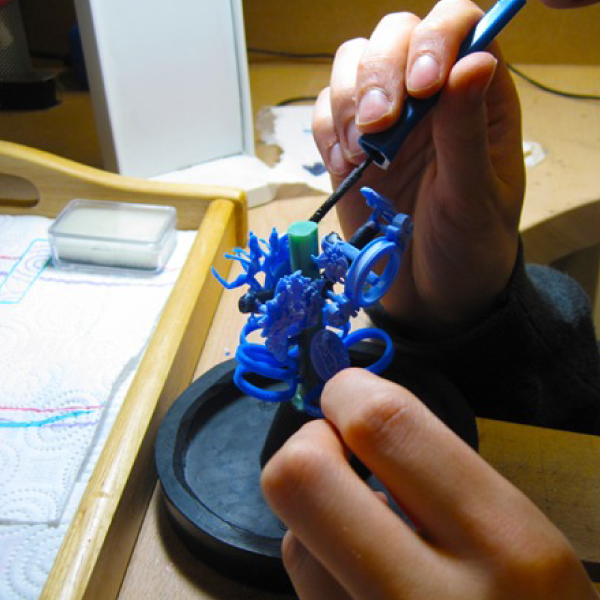The world of jewelry design and industry is in a great and an increasing demand by various countries around the world. Perhaps what the jewelers are most looking for is the professionalism of the gold casting process, which is the cornerstone and the critical point for the professionalism of the jewelry world and the start of jewelry design and formulation.
In this article, we will talk about what you need to know about the gold casting process and the most important steps and foundations that are used during this process.
- What is the process of casting gold?
Gold or jewelry casting process is defined as the process by which a wax pattern is converted into a jewelry mold and then filled with molten metal or gold to create a custom piece of jewelry. It is also called missing wax casting because the wax is always “melted” during the gold casting process to begin forming Jewelry Designs Models.
- Types of wax
There are three main categories of wax that are used to cast gold:
Natural, synthetic, and customized, each with its advantages and disadvantages.
- Types of molds used in the gold casting process
- Rubber molds
- Silicon molds
- Metal molds
- Create a wax tree
Initially, each wax model has a rod escorted arm, which is basically a wax stick. This rod is used to connect wax patterns to a “tree” of wax. Each model is welded to the stick, to form a branching tree, once the tree is completed and all models are attached, Jewelry with wax is placed in a metal cylinder known as the vial so that plaster can be poured into it to create the molds, as this whole process is called “missing wax casting”, after that, the wax vials are placed in a very hot oven for a period of six or eight hours until they are picked up Details of cutting the wax into the mold when absorbing the wax.
- Gold casting process steps
All jewelry that is manufactured begins as a wax model. This mold is made using a cylinder with smell cavities inside which plaster is poured into it.
Once the mold is prepared, put it in the oven until the plaster hardens and all the wax surrounding the main cavity is melted.
Next, the jewelry designer uses a wax-free mold, by pouring gold, or molten metal into the mold cavity with a vacuum machine, or centrifugal casting machine
After a few minutes, the jewelry designer will throw the mold in a bucket of cold water to disperse it, and access the jewelry piece which is the exact replica of the initial wax pattern.
We hope you have found our article useful, also you can explore our training programs at the first professional jewelry design academy in Istanbul Varna Academy and share all the steps of the art of jewelry design and gem science

